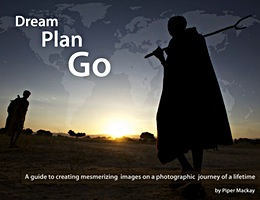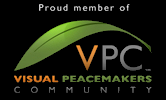
I recently posted the above image on FB and it became one of my top 20 images posted. Let’s be serious, it is a portrait of a buffalo. There are so many images that have required huge amounts of effort, uncomfortable accommodations, beans and rice, long drives, sand storms, harsh rains, impossible muddy roads, and yet it was a photo of a Buffalo that the crowd went wild over? This is the perfect proof that the reaction was not about the subject, but instead to the light and the emotion it created.
When we first pick up the camera, we are told there is good light and bad light. We go on thinking this for years as we click away. However, there are all different types of light, all day long, that can be a creative tool for the photographer who understands how to use it. While we cannot control the natural light source, we can learn how to manipulate the light through creative camera settings and simple tools. Light on a subject is one of the most powerful tools we have to convey drama, mystique, and emotion. The use of light in a photograph can be the deciding factor between an amazing image and boring or terrible one.
Learning to use natural light should be a prerequisite for all photographers before spending a lot of money purchasing expensive flash and lighting gear. When I first picked up the camera, workshops teaching dramatic natural light either did not exist or there were so few, I did not know of them. This is one of the reasons I was inspired to create Spirit-N-Light workshops. It was through my tribal photography that I started to study how other photographers in other genres such as fashion photographers and commercial photographers used light. Slowly, I taught myself how to use flash and off-camera flash, which was thrilling. This is what ultimately elevated my wildlife photography, as I was no longer satisfied with “over the shoulder light”, and I was constantly seeking out dramatic light.
Pushing to use available natural light to create drama, mystique, and emotion in my wildlife photography subsequently made using natural light the most powerful tool in all my photography. I became increasingly frustrated with lighting equipment failures and the slower set up process. I found using natural light to be much more powerful and freeing. It also creates more engaging photographs with my subjects than when you have flashes going off. In hindsight, it would have been much easier to learn how, when, and why to use an artificial light source if I had had a solid grasp on how to use natural light first.
One concept that I like to get across during the Spirit-N-light workshops is that it is a given that your subject is exotic. If you have picked up the camera and are ready to click, I am assuming you are excited about your subject and it is exotic to you, whether it is a rock or a lion. So, forget about your subject and ask yourself, “what is the light and how does it impact my subject?” Even a rather plain subject in dramatic lighting, such as a buffalo, will always make for a more dynamic image than a great subject in bad or flat light. Once you understand the power of light you will notice it everywhere in your everyday life and it will broaden your creative horizons.






So true Piper! Thanks for those reminders and congrats on your hard earned successes!! Just looking at your upcoming tours….so many sold out or almost full! AWESOME! All the best in 2016;-)
Sandy
Hi Piper, Love this image. Hope to get back to Spirit N Light in the fall if it’s not filled!! Loved all the Africa photos this year!!
Beautiful work of art!